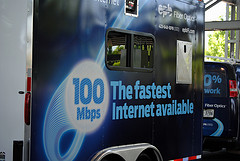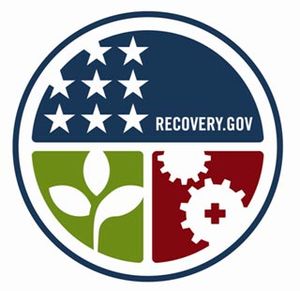Charlotte summit today will discuss how N.C. have-nots lack needed broadband.
By Eric Frazier
efrazier@charlotteobserver.com
When Pete Pruitt asked Comcast Cable how much it would cost to get high-speed internet service at his Caswell County home, officials told him they’d need to run fiber lines to his street, a mile-long artery that 12 families call home.
Cost: a one-time fee of $48,000.








